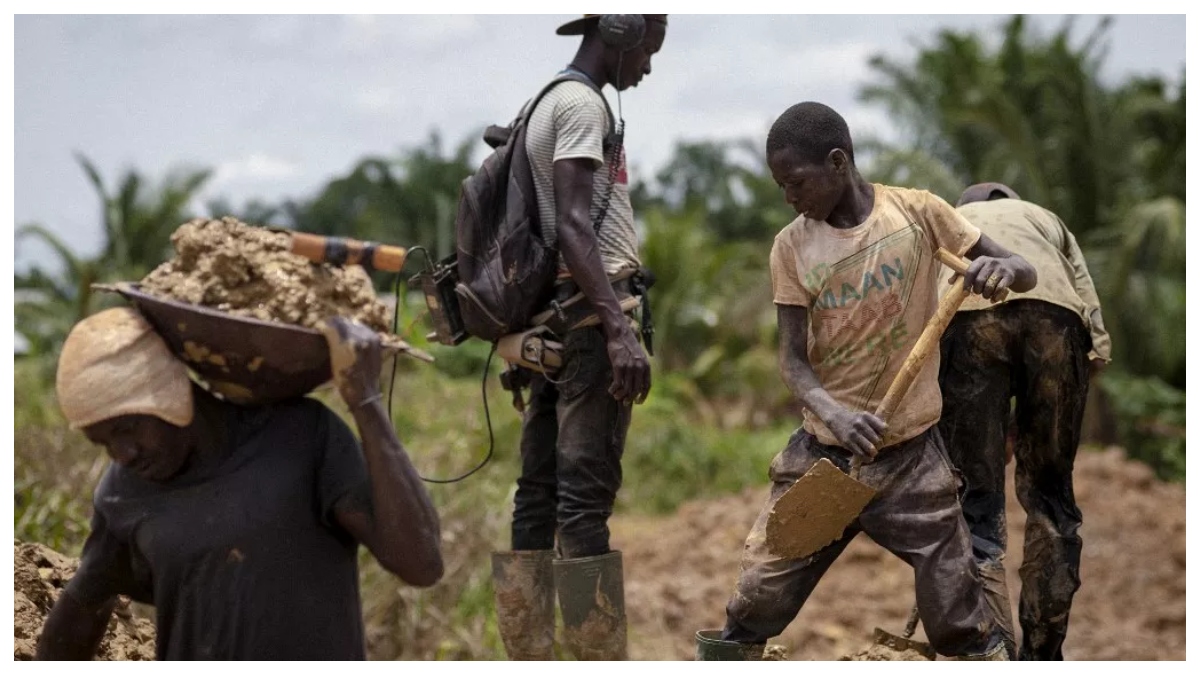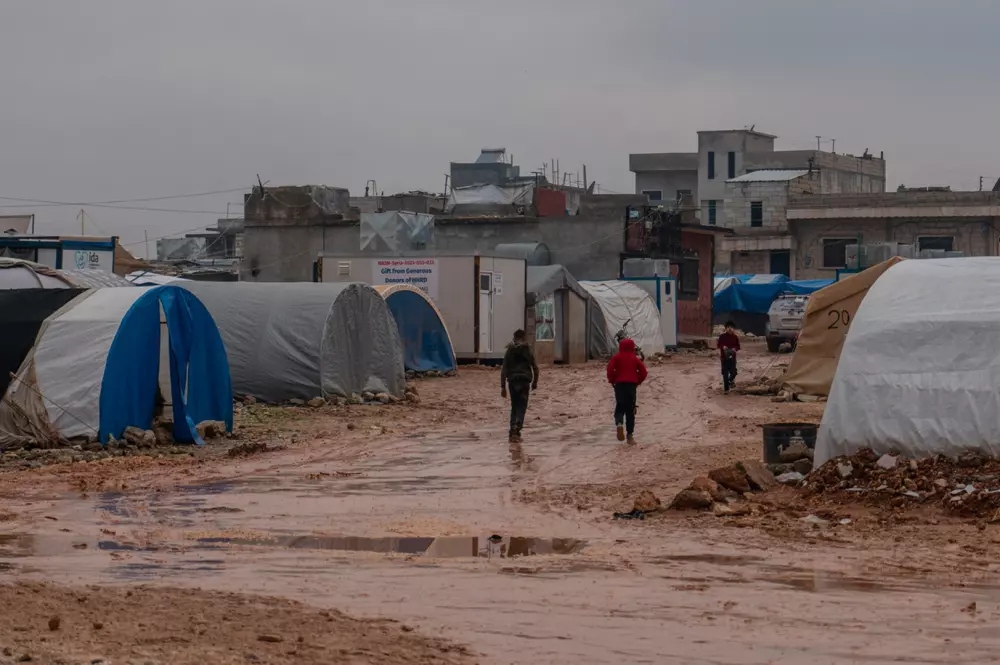Brazil And Colombia See A Remarkable Decrease In Forest
Destruction After Leadership Changes
Forest destruction in Brazil and Colombia witnessed
significant declines between 2022 and 2023, a revelation backed by data from
the University of Maryland's GLAD Lab, disseminated through the World Resources
Institute's Global Forest Watch. During this period, Brazil experienced a 36%
reduction in primary forest loss, while Colombia saw a staggering 49% decrease.
However, despite these strides, global forest loss remains
alarmingly steady, with concerning spikes observed in countries like Bolivia,
Laos, and Nicaragua. Nonetheless, the WRI emphasizes the pivotal role of
political will, citing Brazil and Colombia as prime examples where leadership
changes have catalyzed positive shifts.
In Brazil, the decline in forest loss coincided with the
transition from former President Jair Bolsonaro, known for weakening
environmental protections, to the return of President Inácio Lula da Silva, who
pledged to combat deforestation. Similarly, in Colombia, forest loss reduction
accompanied a change in leadership under President Gustavo Petro Urrego, prioritizing
rural and environmental reforms.
With just six years left until the 2030 deadline, as per
commitments by leaders of 145 countries to halt and reverse forest loss, the
WRI underscores the urgency for global action. Despite falling short of targets,
hope persists, as evidenced by a study suggesting that abandoned forests can
regenerate significantly within two decades if left undisturbed. Published in
Science, the study highlights the potential for nature's resilience when given
the chance to rebound.










.jpg)